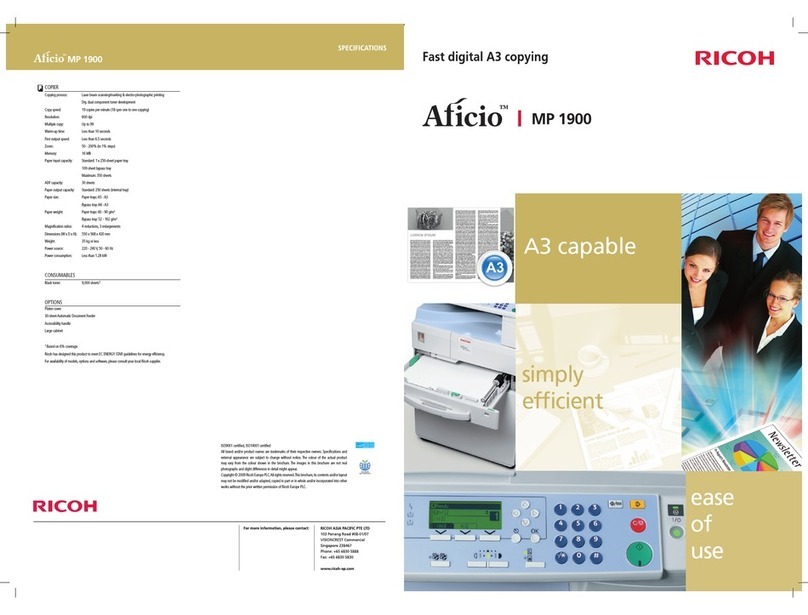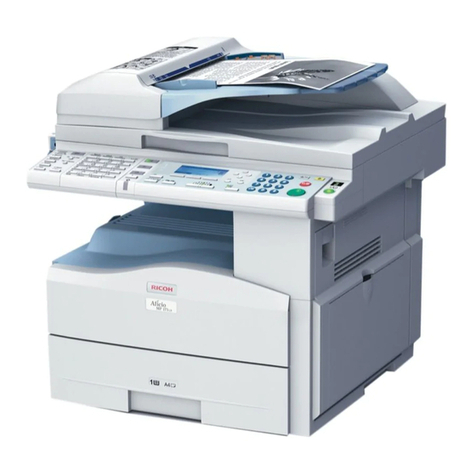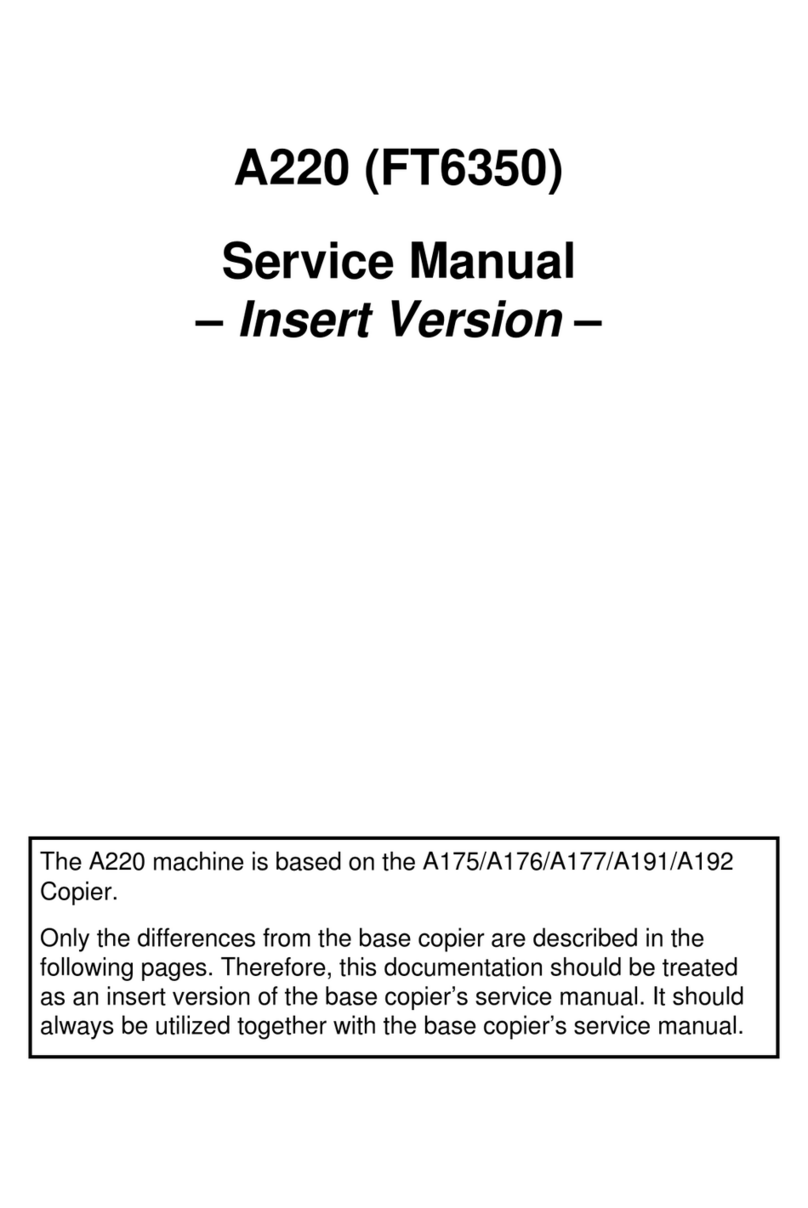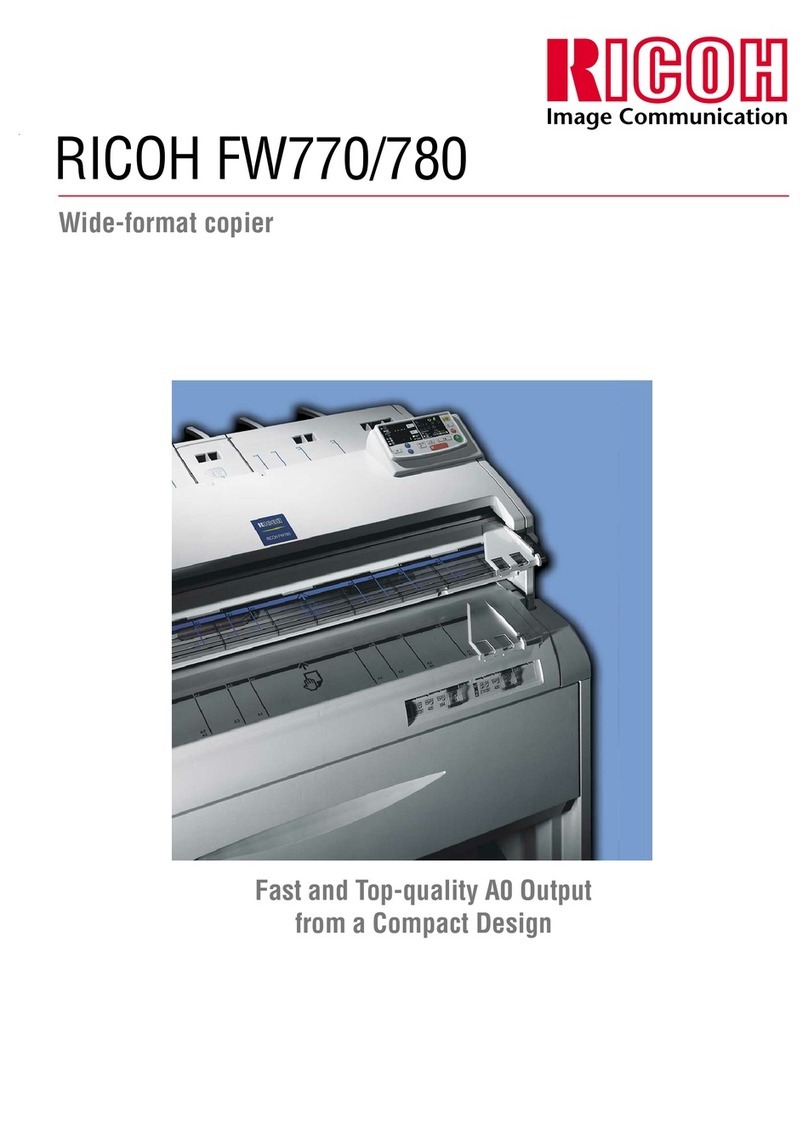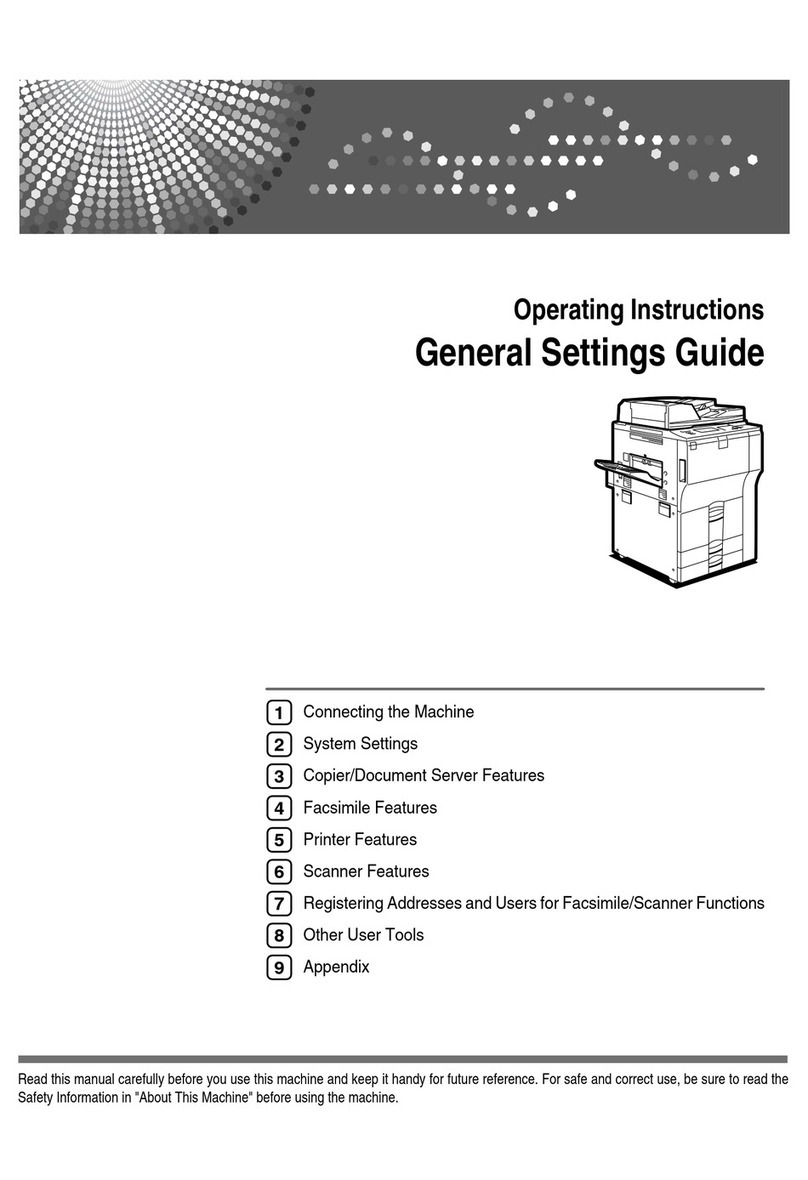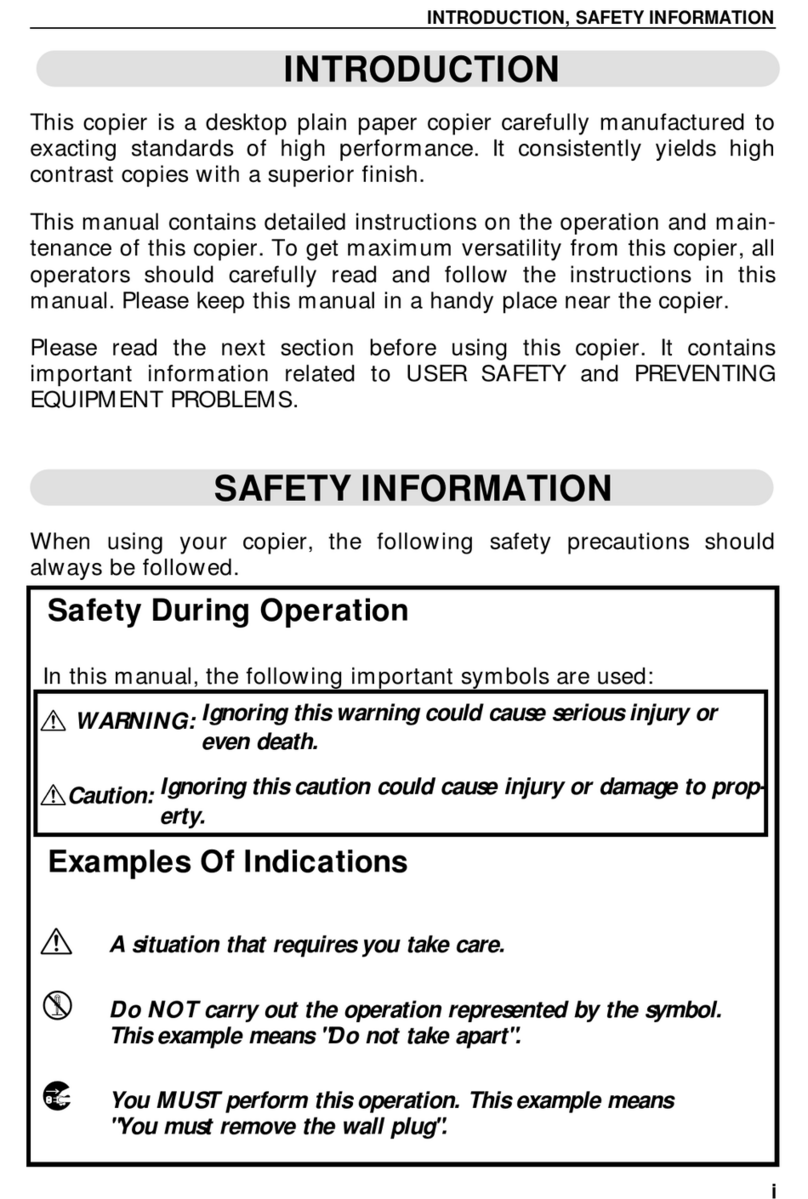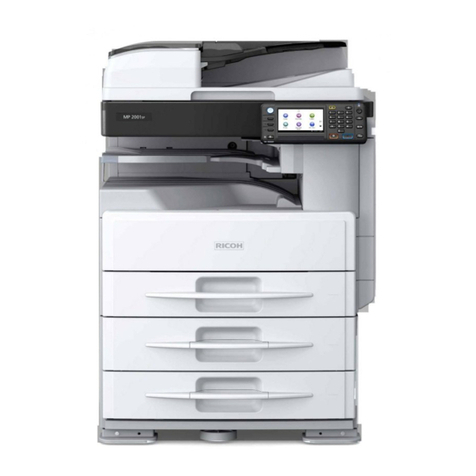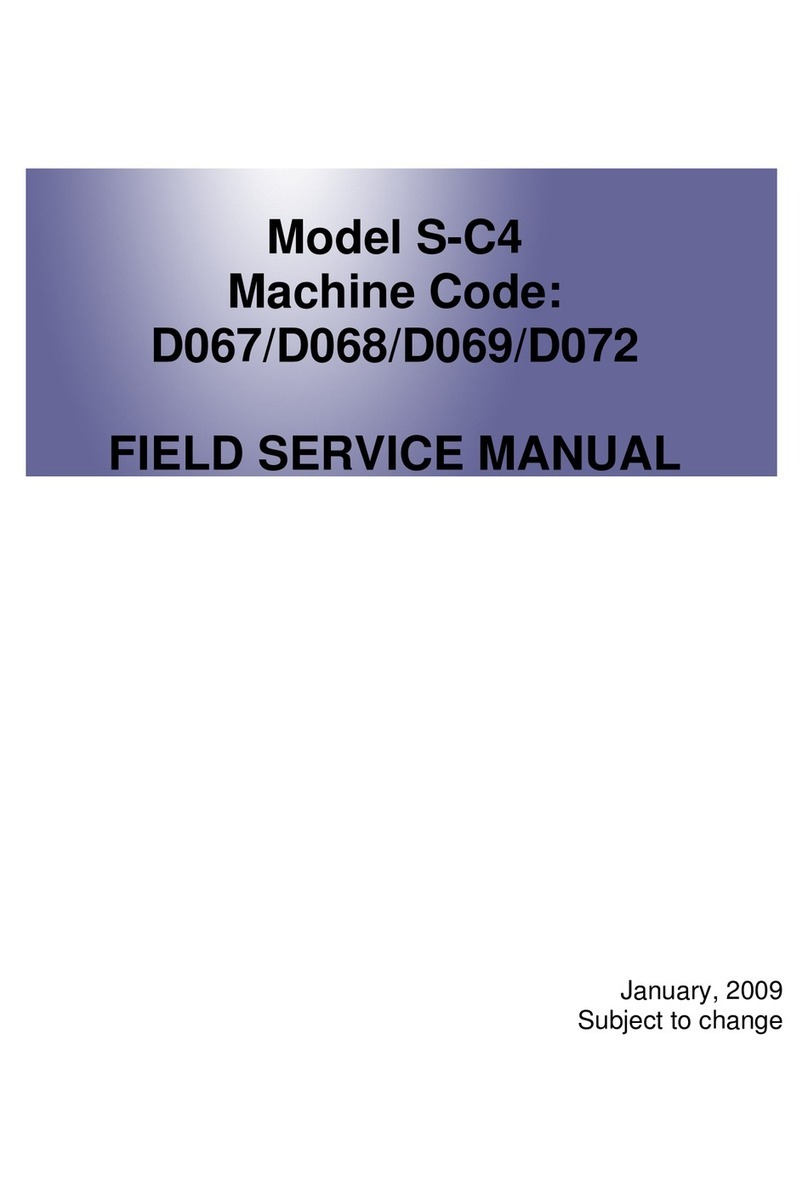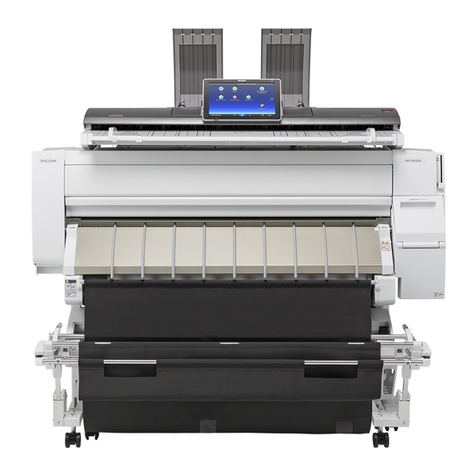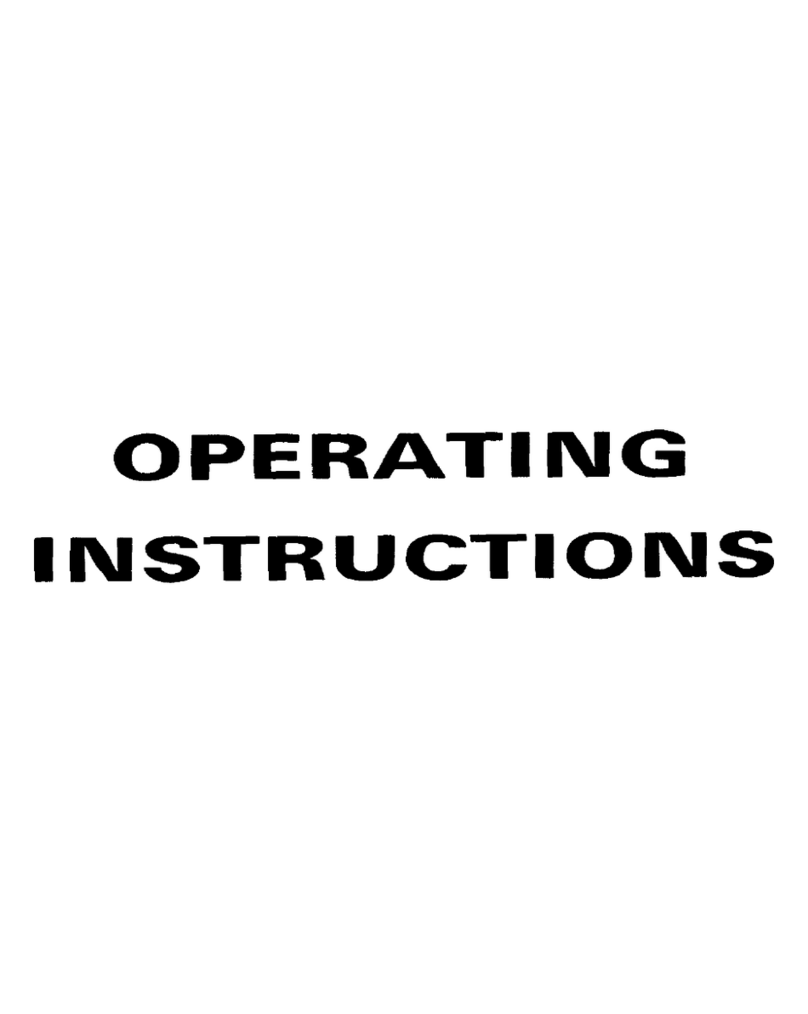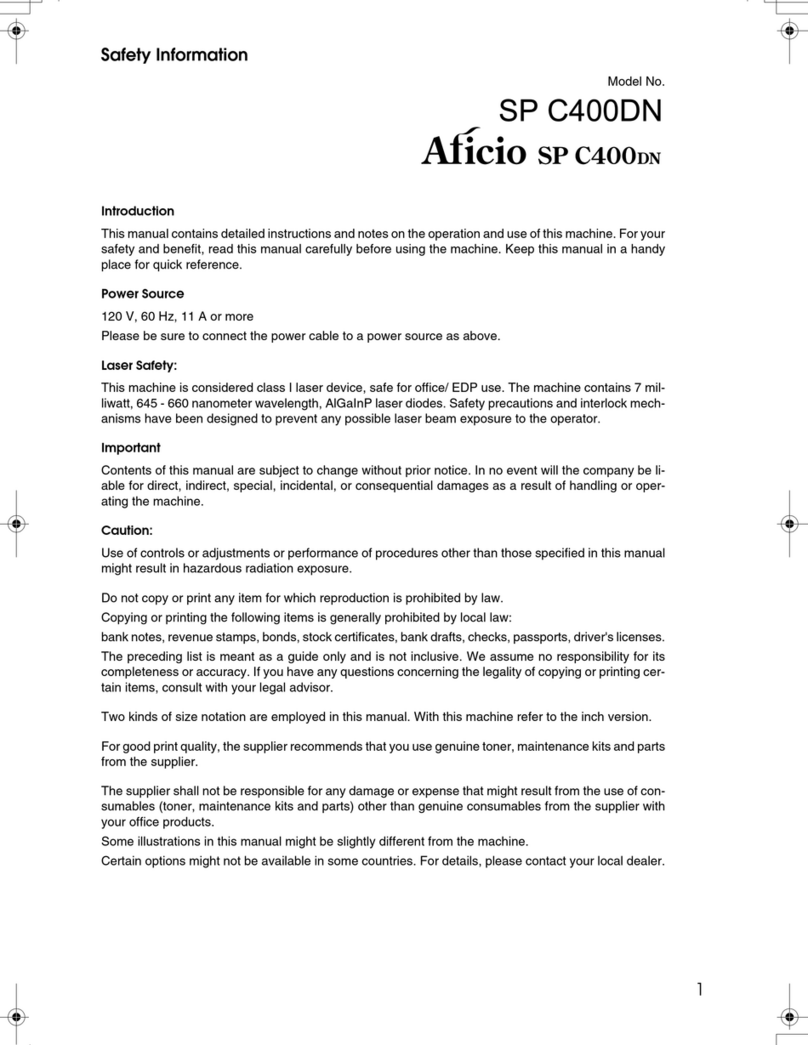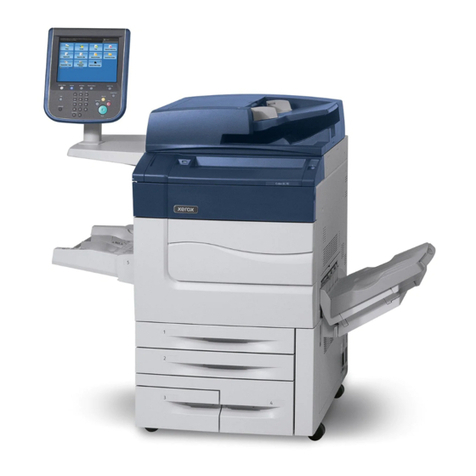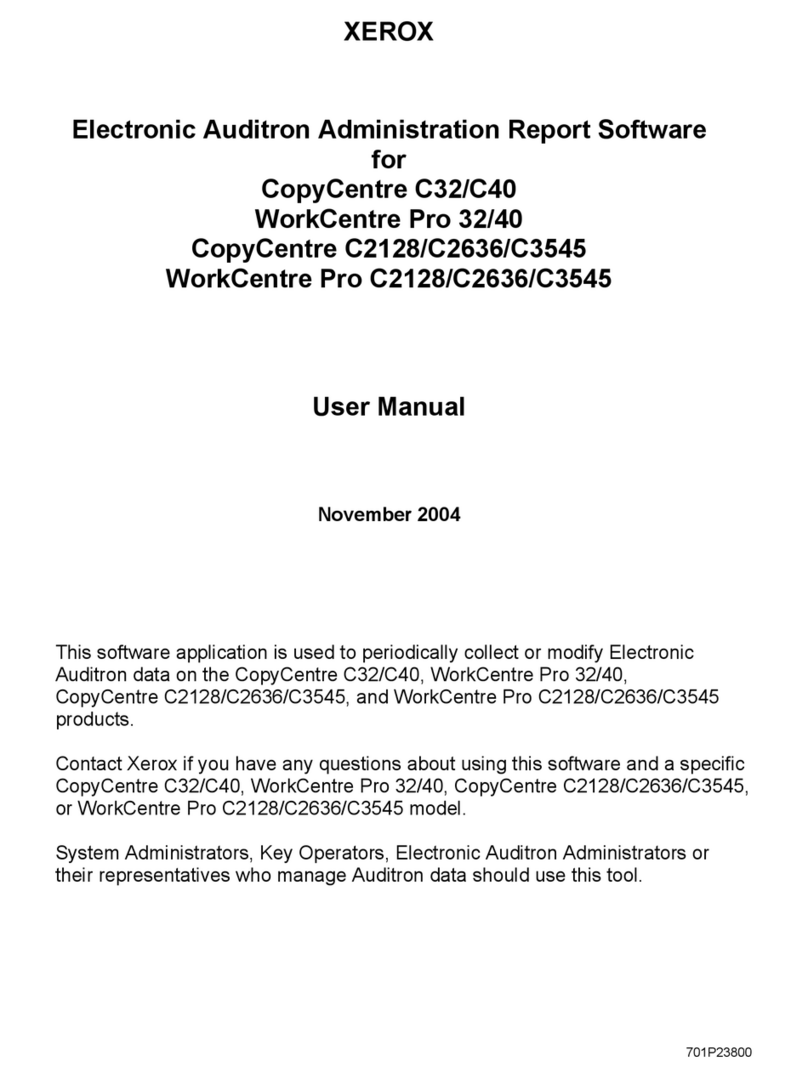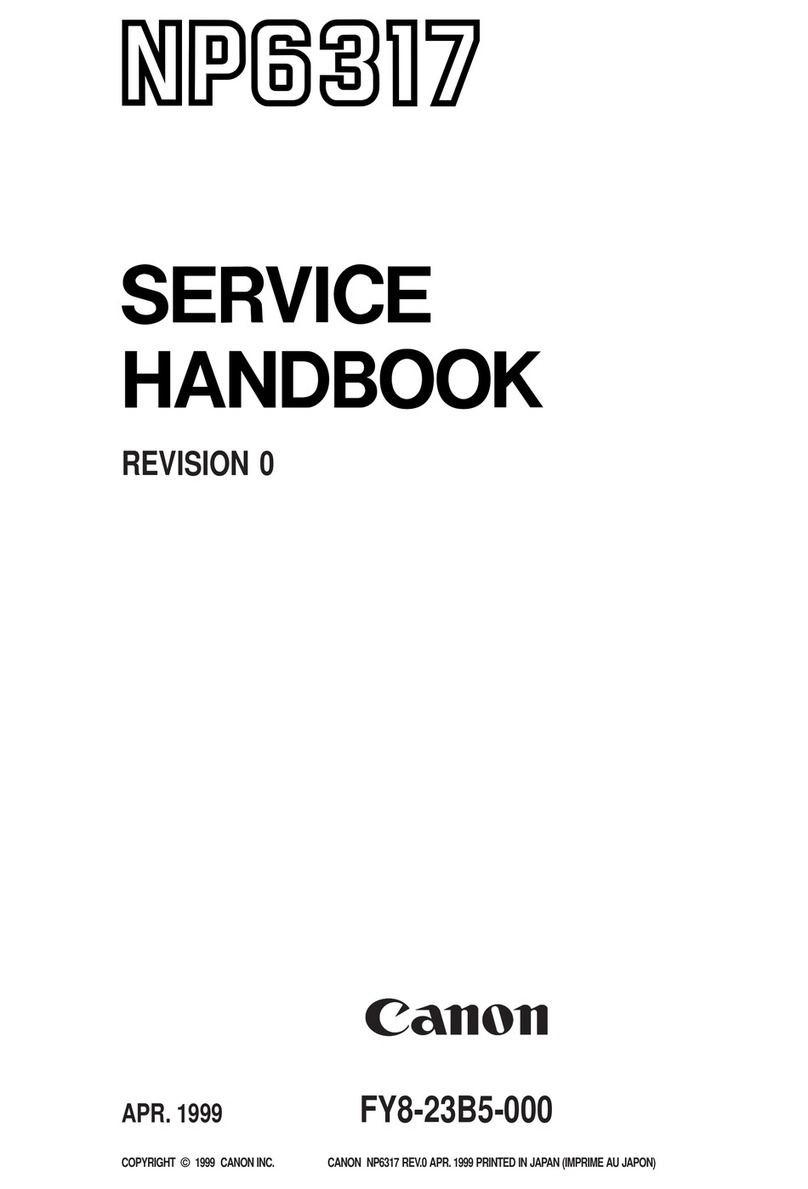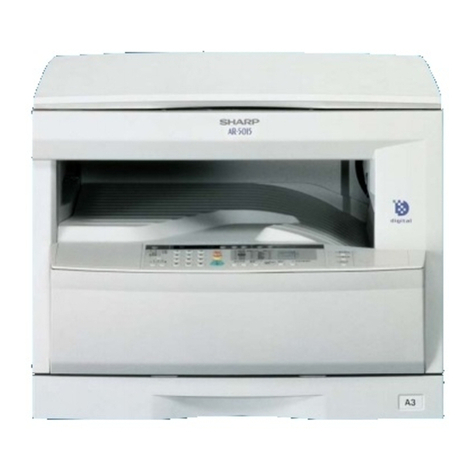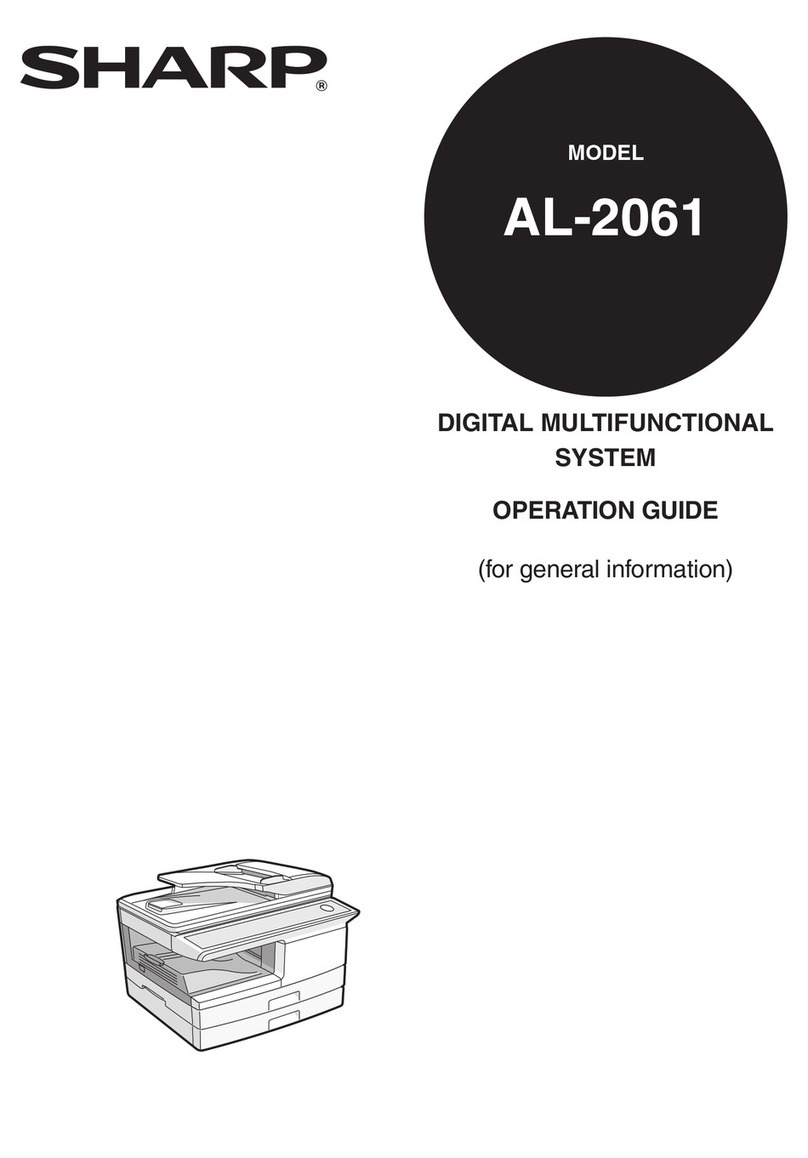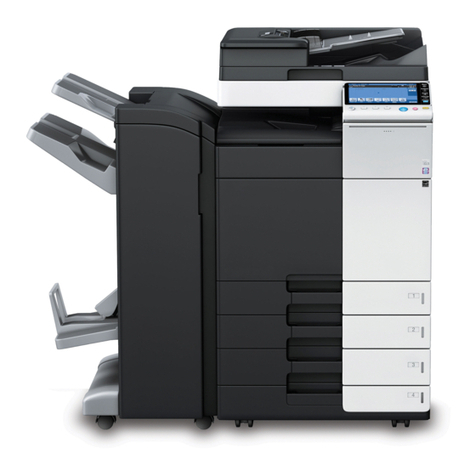
iv
5.1.2 RIGHT SIDE COVER REMOVAL.................................................... *
Right Upper Cover............................................................................... *
Right Lower Front, Right Lower Middle, and Right Lower
Rear Covers......................................................................................... *
5.1.3 REAR COVER REMOVAL .............................................................. *
Rear Cover .......................................................................................... *
5.2 OPTICS.................................................................................................... *
5.2.1 ORIGINAL FEED UNIT REMOVAL (A252 ONLY)........................... *
5.2.2 EXPOSURE GLASS REMOVAL (A252 ONLY)............................... *
5.2.3 EXPOSURE LAMP REMOVAL (A252 ONLY)................................. *
5.2.4 FIBER OPTICS ARRAY REMOVAL (A252 ONLY).......................... *
5.2.5 LIGHT SENSOR REPLACEMENT (A252 ONLY)............................ *
5.2.6 SYNCHRO-CUT LENGTH ADJUSTMENT (A252 ONLY)............... *
5.3 DEVELOPMENT ...................................................................................... *
5.3.1 DEVELOPMENT UNIT REMOVAL.................................................. *
5.3.2 DEVELOPER REMOVAL................................................................ *
5.3.3 TONER DENSITY SENSOR REPLACEMENT................................ *
5.3.4 PTL REPLACEMENT...................................................................... *
5.3.5 DEVELOPMENT BIAS VOLTAGE ADJUSTMENT ......................... *
Bias Voltage for Image Area................................................................ *
Bias Voltage for Non-image Area ........................................................ *
5.4 DRUM UNIT ..............................................................................................5-1
5.4.1 DRUM UNIT REMOVAL................................................................. *
5.4.2 DRUM REPLACEMENT...................................................................5-1
5.4.3 CLEANING BLADE REPLACEMENT.............................................. *
5.4.4 CHARGE CORONA UNIT REMOVAL............................................. *
5.4.5 CHARGE CORONA WIRE REPLACEMENT .................................. *
5.4.6 PICK-OFF PAWL UNIT REMOVAL................................................. *
5.4.7 GRID VOLTAGE ADJUSTMENT..................................................... *
5.4.8 DRUM CURRENT ADJUSTMENT .................................................. *
Charge Current Adjustment................................................................. *
Transfer Current Adjustment................................................................ *
Separation Current Adjustment............................................................ *
5.5 FUSING.....................................................................................................5-2
5.5.1 FUSING UNIT REMOVAL............................................................... *
5.5.2 HOT ROLLER REPLACEMENT...................................................... *
5.5.3 PRESSURE ROLLER REPLACEMENT.......................................... *
5.5.4 PRESSURE ROLLER THERMISTOR REPLACEMENT................. *
5.5.5 PRESSURE ROLLER STRIPPER UNIT REPLACEMENT.............. *
5.5.6 HOT ROLLER STRIPPER UNIT REPLACEMENT.......................... *
5.5.7 HOT ROLLER THERMISTOR REPLACEMENT ..............................5-2
5.5.8 FUSING THERMOFUSE REPLACEMENT......................................5-2
5.5.9 FUSING TEMPERATURE ADJUSTMENT.......................................5-3
5.6 T & S CORONA UNIT .............................................................................. *
5.6.1 T & S CORONA UNIT REMOVAL................................................... *
5.6.2 TRANSFER AND SEPARATION CORONA WIRE
REPLACEMENT.............................................................................. *
Preparation.......................................................................................... *
Separation Corona Wire Replacement ................................................ *

